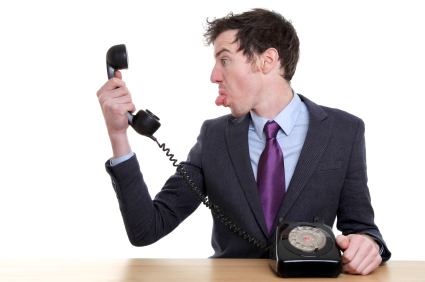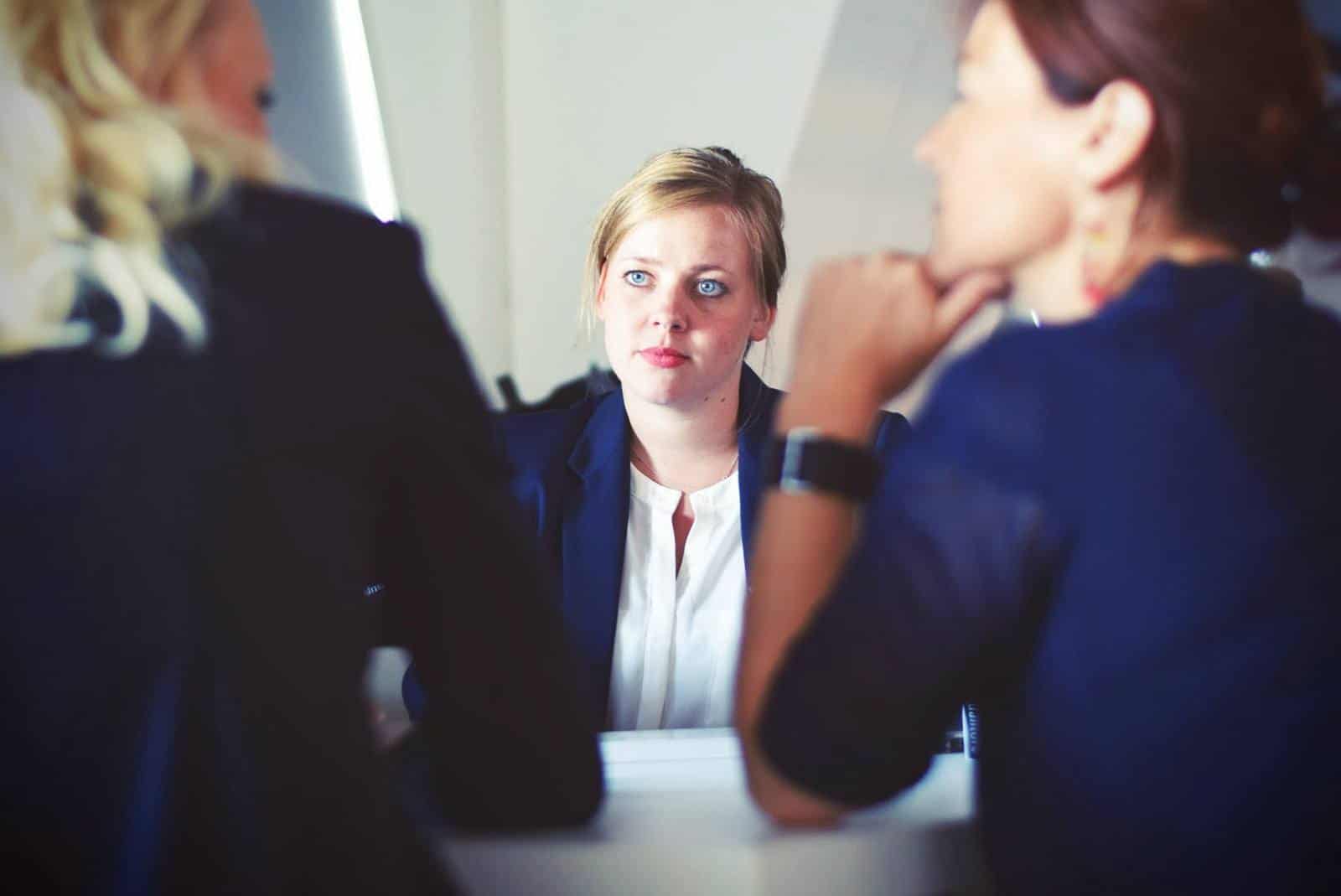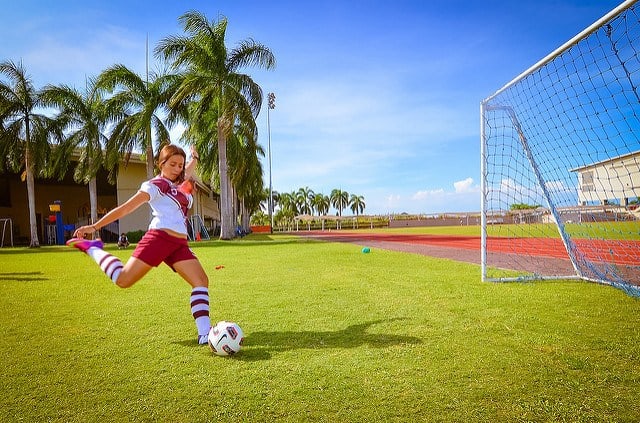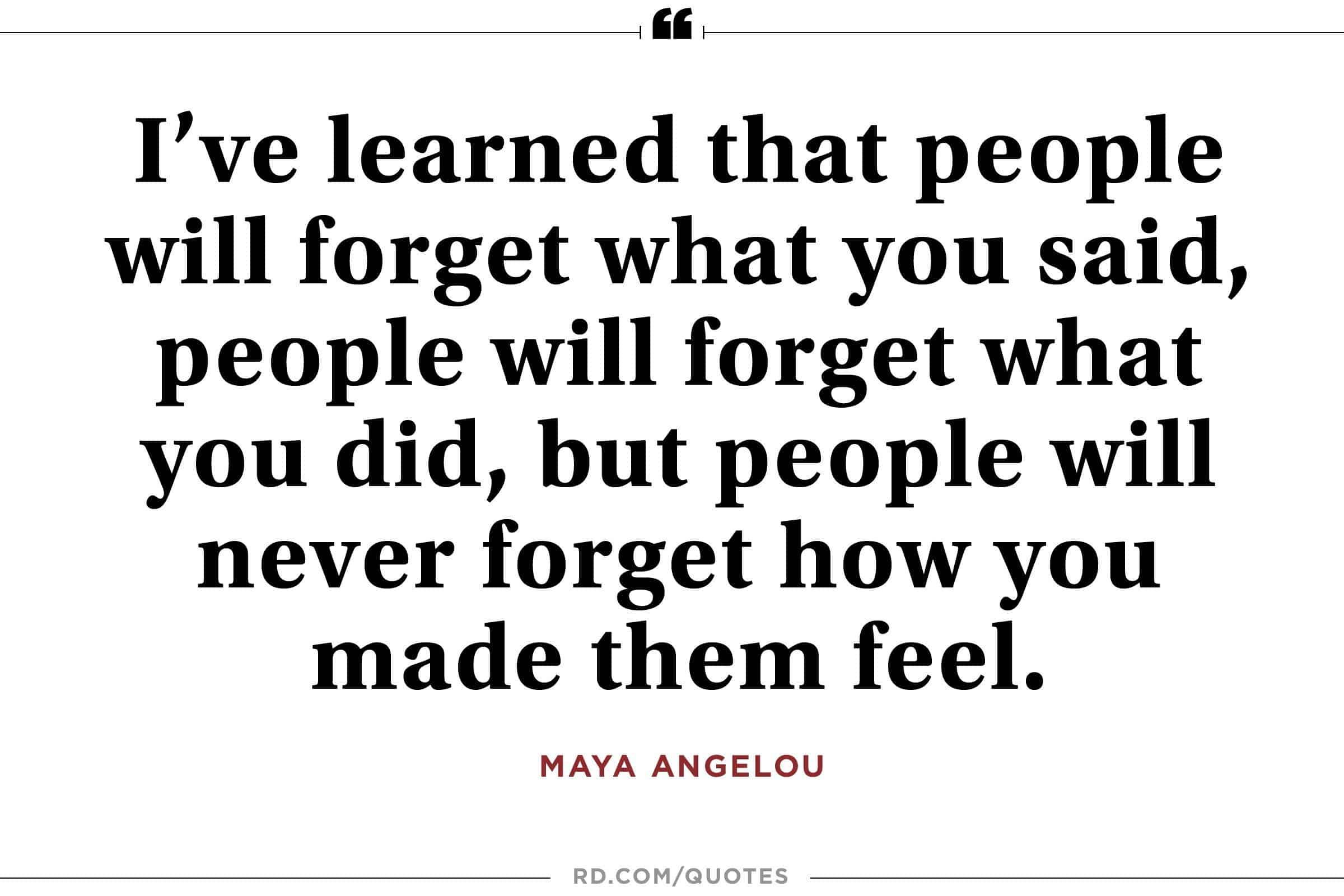Customer service is really important to us. We aren’t just interfacing with our own customers, after all. An answering service is a vocal representation of our customer’s customers! It’s our role as virtual receptionists to make sure everyone is delighted. Some people may think that good customer service is a cut-and-dry thing. Be friendly, right? That’s all it takes? Well, that’s not all you have to consider. If you’re dealing with an angry customer, you’ll have to tread a little differently than someone who is simply asking to schedule an appointment. We’ve learned that you have to think about how your customers are thinking in order to give them the best experience. This is where the psychology of customer service comes in.
Underlying Emotions
We’d all like to hope that there aren’t people out there that think, “Hm. My day is freed up. Let’s call up a customer service rep and complain about everything I can think of.” It also seems pretty illogical for a disgruntled employee to suddenly want to smash the printer on an off day.
Both of these situations deal with underlying emotions. When we hear a problem, we sometimes are confused as to why the person is so angry about a seemingly small issue. Learning about the psychology of customer service helps us to keep in mind that there are several underlying issues that may have nothing at all to do with us, your company, your product, or your service.
Negativity Bias
Ever heard the phrase ‘one bad apple spoils the whole bunch?’ The old saying was meant to discourage groups of children with adding a naughty child (or bad apple) to the group. And despite what The Osmond Brothers sang in 1970, it really is true.
This isn’t only because a bad apple encourages others to be bad as well. It also has to do with a thing called negativity bias.
Negativity bias refers to the notion that, even when of equal intensity, things of a more negative nature (e.g. unpleasant thoughts, emotions, or social interactions; harmful/traumatic events) have a greater effect on one’s psychological state and processes than do neutral or positive things.

Quote from Thinking Fast and Slow by Daniel Khaneman
Why do people have a negativity bias?
This isn’t just a case of glass-half-empty. Negativity bias is but a product of evolution. Our ancestors used this bias to make decisions that would increase their likelihood for survival. They paid attention when their aunt died when she ate those strange berries, and learned that their brother couldn’t defeat a wolf in battle. I’d imagine those kind of observations were really helpful back then.
Even babies have a natural tendency to avoid the negative! A 2008 study by Vaish, Grossman and Woodward proved that seven month old infants even use negativity bias in social referencing.
The book, Buddha’s Brain put’s it well:
What does that mean for your small business?
When it comes to the psychology of customer service, a negativity bias means that when something negative happens with your product or service, one positive thing won’t make up for it. There’s a lot of work to be done if someone isn’t happy, because we are naturally more inclined to focus on the negative.
According to Insanely Simple: The Obsession That Drives Apple’s Success, Steve Jobs likened a company’s brand to a bank account. Positive impressions, like a great product launch or an interesting campaign or on customers and potential customers are like deposits in the bank. While negatives, like a company scandal, overpriced merchandise, or low quality product are similar to withdrawals.
“When there’s a healthy balance in the brand bank, customers are more willing to ride out the tough times. With a low balance, they might be more tempted to cut and run.”
Ways to Counter Negativity Bias
Understanding negativity bias and its effect on the psychology of customer service can help you build relationships with your customers and clients. The following are some ways that you can avoid having your customers see your small business in a negative light.
Focus on Good First Impressions
Researchers have found that we make decisions about people within seconds to minutes of meeting them. As companies have been treated more and more like people over the years, be it legally or otherwise, it’s no surprise that we’re just as quick to make judgments of businesses.
New customers haven’t had any positive deposits yet and they’re most vulnerable to a negative experience. It’s very important to start the business-to-customer relationship off on the right foot.
Have a Plan for Quality Customer Service.
A failure to plan is a plan for failure, after all. Most small business owners rely on their employees to be friendly and mild mannered, but friendliness only goes so far in some customer service situations.
It’s a good idea to have scripts for situations that may arise. If you’re only asking staff to be friendly, there’s a lot of room for error when the customer begins making demands outside of the norm or has a less-than-friendly tone with the agent.
Realize When a New Deposit is Imminent
This is again in regard to brand deposit thinking. A good customer service agent will be apt at noticing when a customer is very unhappy, and will look for solutions to change the mood and make a sizable deposit.
It doesn’t need to be anything astronomical, either. Take it from the folks over at CustomersThatStick.com. You can wow a customer in only 5 seconds.
Overcompensate for Negative Experiences
We’ve talked about how bad experiences play a bigger role in customer decision making because of our inherent bias toward the negative. That’s what makes it all the more important for you to really lay down some positives.
When Positivity Prevails in Customer Service
Negativity doesn’t always rule supreme. There are cases in which the impact of the positive outweighs that of the negative. An article by Brent Coker published in the Journal of Economic Psychology titled Seeking the opinions of others online: Evidence of evaluation overshoot exemplifies how good is sometimes stronger than bad.
In the study, researchers looked to understand what happens when consumers evaluate a mix of positive and negative information about a company. Participants evaluated hotel brands based on online reviews. Each participant viewed five reviews of both hotels and the reviews had ratings of 1-5 stars and a few sentences about the experience. You’re probably family with this process when you look to Yelp for a restaurant or TripAdvisor for vacation planning. You see negative online reviews as well as positive.
One group received the reviews from worst impression to best impression, and the other vice versa. What they found was more positive attitudes and higher likeliness to book the hotels with reviews that were ordered positive to negative.
Positive Contamination
Psychologists call this situation positive contamination and it confirms what we stated above in regards to the importance of first impressions. When the first impression is better and all else is equal, people are more willing to go with initial judgments. First impressions are so valuable that they’re difficult to convince otherwise.
Cases of Positive Bias
You may be thinking, “What about that negativity bias you were writing about earlier? You’re contradicting yourself!” Not quite.
The researchers in this study (who also did a different experiment that had the same results) concluded that a positive bias occurs dominates in certain instances based on consumption context. The participants began to study the hotels with the mindset of going on a vacation. When people evaluate information to find a product they would like to purchase, they pursue a positive goal, potentially leading to a positive bias prior to choice.
Put simply, this isn’t the case for the majority of business models.
Producing Positive Customer Experiences with Consideration of the Psychology of Customer Service
Less Lows
It seems pretty silly to tell you not to make your customers suffer if you want them to keep coming back. That’s not quite what we’re saying here. We’re talking about an intuitive user experience that brings ease into the purchasing process for your customers. This includes having a high quality website where a customer won’t have to look too hard for the information they seek.
Bad customer service experiences are rarely a huge deal, rather, they are many annoyances that built up that result in killing the customer experience and customer loss.
More Highs
Here’s an old, Freud model psychological concept: the pleasure principle. This is theory that people have an instinctive urge to seek pleasure and avoid pain in order to satisfy biological and psychological needs.
Negativity shuts people off, but positive interactions have the opposite effect. Barbara Fredrickson describes this in detail in her book, Positivity.
Discovery and building could mean buying more of your products and services. Just sayin’.
Use the Halo Effect
The halo effect is a cognitive bias in which our overall impression of a person influences how we feel and think about his or her character. It’s not a rational judgement, but it’s one that exists: those who are prettier or have softer features are generally assumed to also be nice and friendly.
In relation to the psychology of customer service, this psychological phenomenon can be utilized by businesses as well. Think of a major restaurant or fast food chain that you enjoy. Say it’s your favorite pizza restaurant that also makes great lo mien. If they one day begin selling egg rolls, an unrelated food you also like, would you assume they may be good?
Brands have the power to create good or bad expectations in your mind, depending on their halo effect with you.
The Psychological Effect of Reciprocity
Sometimes you’ve got to give a little to take a little in business. In fact, some would say that reciprocity, or the practice of exchanging things with others for mutual benefit, especially privileges granted by one country or organization to another, is the number one thing that creates loyalty in people.
You can use this to your advantage in several ways. One is by surprising customers by exceeding their expectations. Another is by giving something complimentary. I know of a local ice cream shop that gives a free scoop of ice cream everyday to pregnant women. That sounds astronomical, and surely no woman will take full advantage. But guess where they’ll want to take their kids for a scoop as they get older?
That’s how reciprocity works.
Be an Authority
It’s important that customer service representatives have the authority to make decisions without the dreaded, “transfer me to your manager” line. It’s helpful if they’re well-versed in the topics that pertain to your business, if they arise.
In addition, use your authority to reinforce customer’s decisions with positive affirmations. Who doesn’t like having their choices complimented?
Be Likable
This doesn’t mean to simply be nice. We’ve all met someone that is so nice yet you just don’t like them. Likability is more than nice: it’s about building rapport. Small talk can help, but demonstrating commonality by creating rapport about common interests or experiences really drive this home.
Other ways include smiling while speaking or typing, going off script and being genuinely interested in people, and using a sense of humor as well as a sense of fun.
Consider the Feeling Aftermath
As mentioned before, all interactions will be emotion driven. It’s important that your customer service agents go through great lengths to give your customers a good experience. It’s not only about being friendly or solving a problem. Any good receptionist or customer service agent should be able to do that. But a great one will leave a caller with a good feeling when they get off the phone.
Apply this to your small business
The principles of psychology can be used in all matters of business, and you don’t have to have a PhD to put these terms into practice.
Now, try this…
Create a customer service policy or standard operating procedure that takes these biases and psychological factors into consideration. Too much to go through and read again? Here’s a list of what you should remember to consider:
- Realize that Emotions Always Play a Role
- Combat Negativity Bias
- Overcompensate for Negative Experiences
- Consider Positive Contamination
- More Highs
- Less Lows
- Use the Halo Effect to Your Advantage
- The Psychological Benefit of Reciprocity
- Be an Authority
- Be Likable
- Consider the Feeling Aftermath











[…] Answering Service describes negativity bias as the concept that “even when of equal intensity, things of a more negative nature (e.g. […]